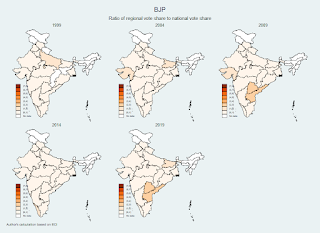Martin Ravallion (1952-2022)

I first encountered Martin Ravallion's work in the last year of my bachelor's degree (“Poverty comparisons" by Martin Ravallion). The most interesting part of his study is that he deals with the fundamental questions. Martin Ravallion has made a significant contribution in growth-poverty-inequality by both raising fundamental questions and attempting to find answers to them. These basic questions include who are poor, how to identify them, can we measure the poverty, what is difference between poor in rich countries and poor in poor countries? how this poverty interacts with inequality, how growth affects these two? Who are Poor? Poverty in simple word can be said to be there in a society when people don’t have a minimum material level of well-being according to society’s standards. Considering the notion of poverty, Ravallion raised three fundamental questions: 1. How do we assess individual well-being or "welfare"? 2. At what level of measured well-bei


